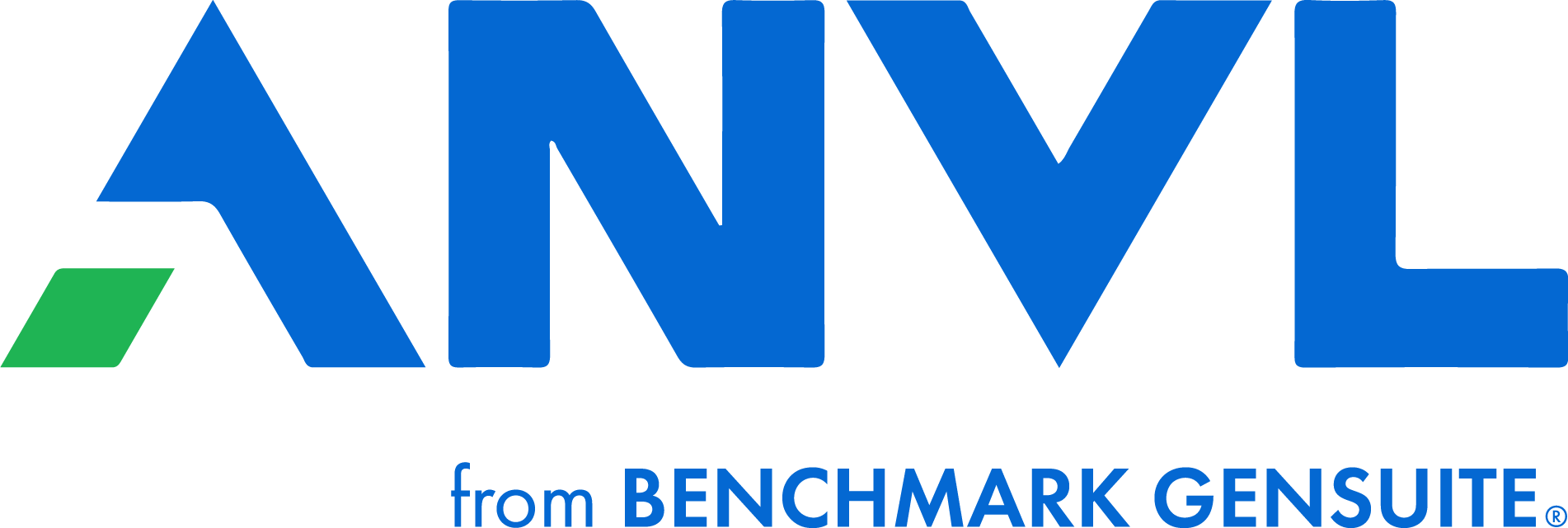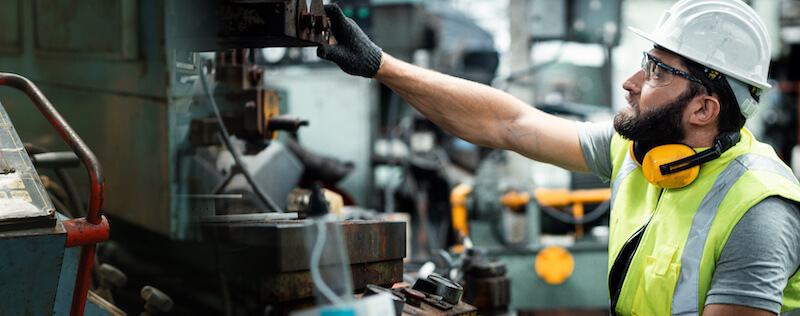Safety is and always should be the number 1 priority for manufacturing leaders. First and foremost, safety is the leading priority for the manufacturing leadership of an organization because of the people. Keeping your people safe and setting them up for success so they can return to their families each night is always the goal. Additionally, manufacturing leaders should ensure their employees feel as though the organization they choose to come into work for everyday is taking all the measures and steps possible to ensure their safety. Beyond the physical safety and procedure in place for employees, peace of mind and trust in the manufacturing safety leadership ties into the overall environment. Learn more about how manufacturing leadership can improve safety with connected worker solutions:
The Cost of Safety
Secondary to the possible cost of losing a worker’s life or physical health, manufacturing leadership failing to properly invest in safety measures can come at a great financial cost to the business. There are both direct and indirect costs of manufacturing leadership not investing in worker safety solutions on the job.
Lost work days due to injury add up. Medically-consulted injury has an average cost of $39,000, while a death has an average cost of $1.15 million and according to data from the US Bureau of Labor Statistics, companies in America pay $62 billion per year for workplace injuries — that’s more than $1 million per week.
In addition to all of the direct financial burdens associated with a workplace injury, there are also issues of morale and other indirect costs that can be difficult to fully quantify. Indirect cost of a workplace accident or injury averages anywhere from four to 10 times the amount of the direct costs a company is likely to be on the hook for. Beyond dollar amounts, indirect costs of safety issues can include impacts such as:
- Lost production time – Injuries create pause in the production line. If an injury occurs on the job, it’s important for production to stop to ensure the safety issue does not continue and nobody else gets hurt. However, this halt in production, regardless of how brief it may be, can be a huge loss on production time and slow down orders and jobs from being completed on time, typically resulting in a financial cost or bad relationship with a client.
- Damaged equipment – If safety isn’t a focus, equipment could be damaged because of improper training or misuse. Typically, in addition to being expensive, manufacturing equipment is hard to replace quickly.
- Reduced morale – Nothing is worse than seeing a close friend and colleague injured on the job. If there is a culture of fear around workplace injury or other safety concerns, the energy of your employees will not be high on a daily basis. Additionally, trust in manufacturing leadership will likely dip.
- Lower efficiency – Without proper protocol and safety precautions in place, efficiency will dip with stops in the workline and constant reorganization and re-evaluation of process.
- OSHA penalties – a company may incur penalties, fines and fees from OSHA if a workplace injury or safety issue was the result of negligence by the company.
- Negative impact on company reputation – Manufacturing clients of your work will catch wind of safety issues at the workplace eventually. An indirect cost of safety issues and injuries will be a loss of clients or a bad reputation for dangerous work or inefficient production.
- Employee recruitment and retention troubles – Plain and simple, a company with a reputation for safety concerns and workplace injuries will not be a place workers want to stay at for long tenures or join.
Connected Worker Solutions
In today’s day and age, a key strategy manufacturing leadership can take to improve worker safety is to invest in connected worker solutions. The future of work is now and includes incorporating technology into the daily life of manufacturing workers on the frontlines. Investing in safety through connected worker solution technology is a great way to make sure employee safety comes first and see major fiscal boosts in ROI on the safety programs a manufacturing leadership team is investing in.
Connected worker solutions include any software, hardware, or technology process that collects and analyzes data real time from connected devices and systems. This real time data analysis can produce real-time understanding of process and current actions, in many cases serving up real time suggestions or next steps to ensure safety protocols are being followed. Additionally, the breadth and depth of data collected by connected worker solutions can help manufacturing leadership identify safety concerns before they fully materialize, saving time, money, and most importantly lives before a problem even arises.
Industrial IoT and technology has limitless possibilities, and investing in connected worker solutions for your business will not only continue to be a critical investment for manufacturing leaders, but will be the norm moving forward.
Anvl in Action
Anvl is a connected worker solution that enables workers to identify safety risks at the earliest point possible. The Anvl Workforce View empowers workers to complete their safety audits, checklists, reports, and more—all in a single, easy-to-use mobile app. Click here to See Anvl in Action.


